Can foreigners wear Hanfu? Which dynasty's Hanfu style is more suitable for non-Chinese people, Tang, Song, or Ming?
Wearing Chinese hanfu costumes, tasting traditional Chinese food, and learning traditional handicrafts, three young ladies from different countries immersive experienced Chinese culture, in the recently released Chinese traditional culture creative short film "They Are All From China" by the Sichuan Provincial Department of Culture and Tourism, China.
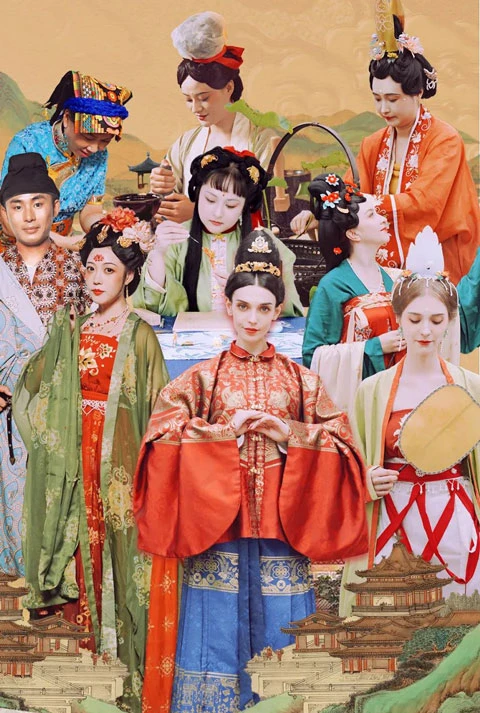

Traditional Chinese Hanfu Costume
Hanfu is the traditional national costume of the Han people and has a history of over 3,700 years, with different costumes and makeup for different dynasties.
In this video, Ms. Ting Yue, the Chinese costume enthusiast and promoter, leads three foreign friends in a special Chinese cultural experience. They put on different dynasties Hanfu to achieve a "gorgeous transformation".
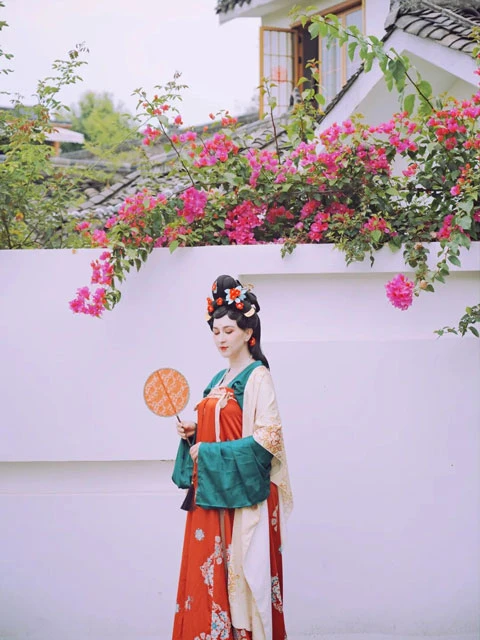
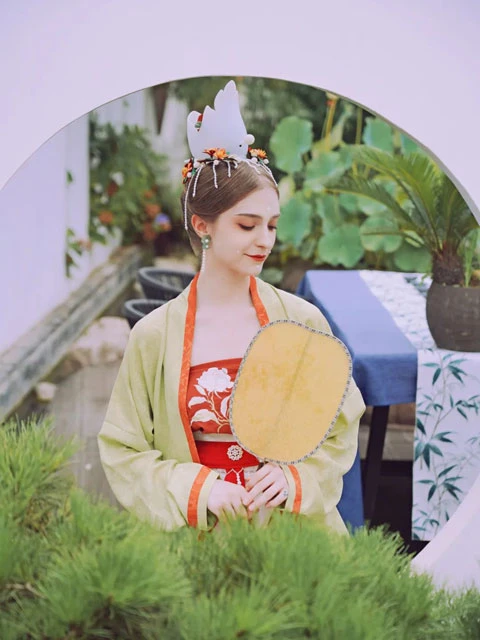
Tang Dynasty Hanfu
The Tang Dynasty saw an unprecedented flourishing atmosphere of feudal society, with advanced society, cultural prosperity, advanced silk weaving techniques, and a nationwide tea drinking culture, making it a dynasty in which China exported a great deal of culture, art and technology to surrounding countries.
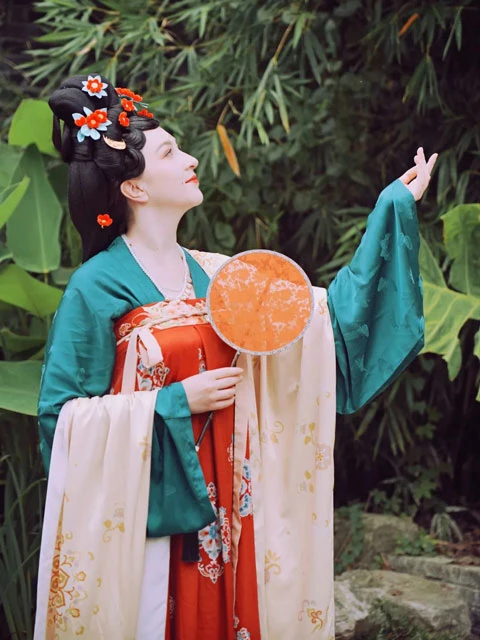
At this time, clothing styles, colors, patterns, and so on, all presented a new situation, the gorgeous crowns and clothing are unparalleled. In terms of makeup, there are various styles, such as Emei eyebrows, Yuanshan eyebrows, Huadian, Mianyan, and worn flower pins.
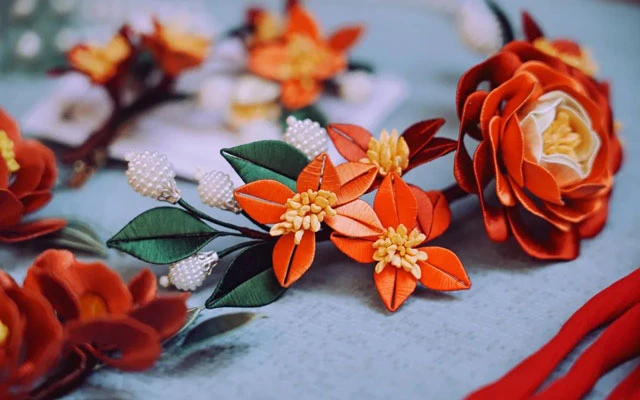
Song Dynasty Hanfu
The Song dynasty with a high level of economic prosperity, unprecedented cultural progress and a reputation for fruitfulness in all fields. In terms of dress and makeup, pearl makeup (pearl flowers on the forehead), three white makeup (apply white on forehead, nose bridge, chin), girls like to wear the Shankou crown, and women often wear headscarves.
Ming Dynasty Hanfu
Compared with the complex cutting methods, Ming Dynasty hanfu put more details on the connotation, both jewelry, and clothing, in order to reflect a distinct social status. The Ming Dynasty was a heyday in the craft history of Chinese gold and silver, with a large number and styles of gold and silver jewelry and exquisite craftsmanship.
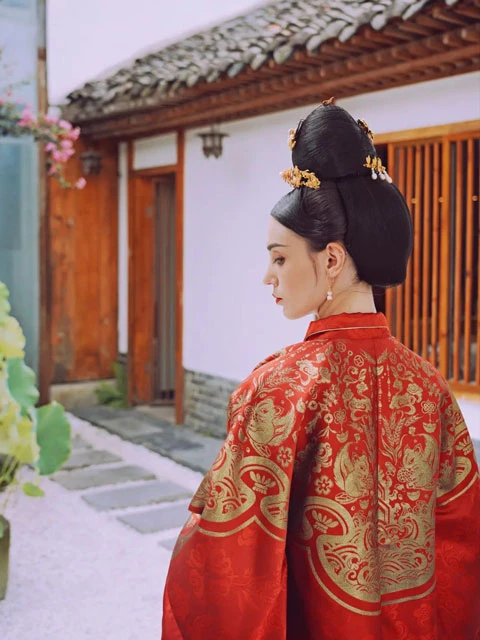
Hanfu concentrates on the outstanding crafts and aesthetics of Chinese culture such as weaving, Laran (蜡染), Jiaxie (夹缬, tie-dye), and embroidery, and inherits more than 30 Chinese intangible cultural heritages. In addition to the cultural art of dressing, the ancients were also quite sophisticated in their jewelry.
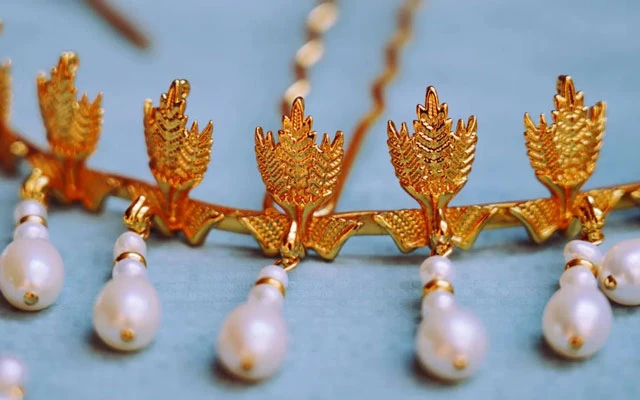
For example, the video shows some of the headpieces made by the filigree inlay technique.
Filigree Inlay
Filigree inlay is a traditional Chinese handicraft technique with a long heritage. It is mainly used for the production of royal jewelry. It is a representative project of China's national intangible cultural heritage, and its representative works include the Wanli Emperor's gold crown from the Ming Dynasty, and the Jinou Yonggu Cup from the Qing Dynasty. Today, the filigree inlay process only survives in Beijing and Chengdu, and Beijing, in particular, has the most complete filigree inlay process.
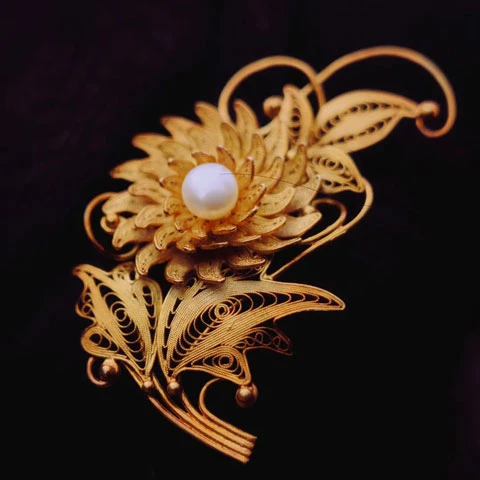
In the video, Ms. Xiao Hui, the inheritor of filigree inlay, presented the technique on-site. The art of filing, engraving, chipping, squeezing, and inlaying, each step of the process reflects the wisdom of the ancients and their artisanal heritage. A piece of clothing, an accessory, underneath the exquisite appearance is the craftsmanship of the artisans, the unique aesthetic spirit of China.
Traditional Chinese Cuisine
Wearing traditional hanfu and tasting traditional Chinese delicacies is such a pleasant experience.
Mr. Zhou Xia, the Tang-style food recommendation officer, has set up a Tang Dynasty feast, just like traveling back a thousand years and dreaming of ancient times. There is a record that raw fish was eaten in China as early as the Zhou Dynasty, dating back to the fifth year of King Xuan of the Zhou Dynasty (823 BC).
The Zhou royal family also had a position dedicated to making sauce for raw fish eating. A sauce made of onion, salt, vinegar, and mustard was used to accompany the food, together with some shredded perilla leaves and white radish.

After eating the Tang Dynasty feast, it's time to taste some Song Dynasty desserts, Guozi (果子).
In ancient times, Guozi was a generic term for raw fruits, dried fruits, and preserved fruits. It is also called tea fruit and tea food, and it is an intangible cultural heritage of China. These Guozi, delicate and small, beautiful as flowers, as a kind of food craftsmanship of the ancients. During the Song dynasty, the Guozi was on an equal footing with the main food, and there were even alley bazaars specializing in selling Guozi.
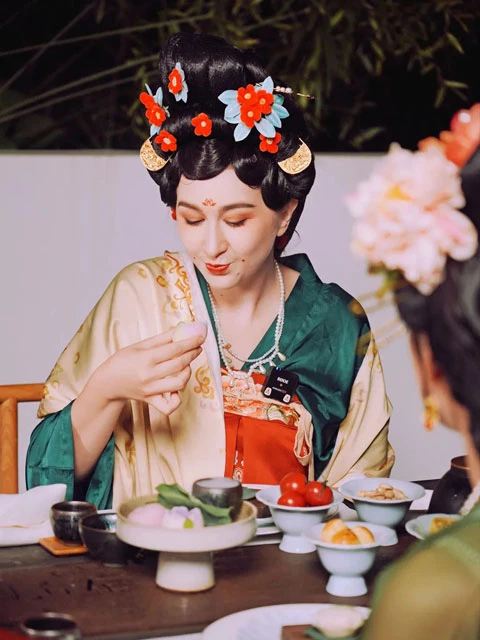
Ancient Elegant Activities
Dian Cha
[Dian Cha, 点茶, whisking tea]
One of the representatives of ancient Chinese tea art. In the Song Dynasty, the method of Dian Cha was to put the ground tea leaves in a tea bowl, fill it with a small amount of boiling water to make a paste, and then fill it with boiling water again, while stirring it with a tea brush, whisk to create a dense and long-lasting foam.
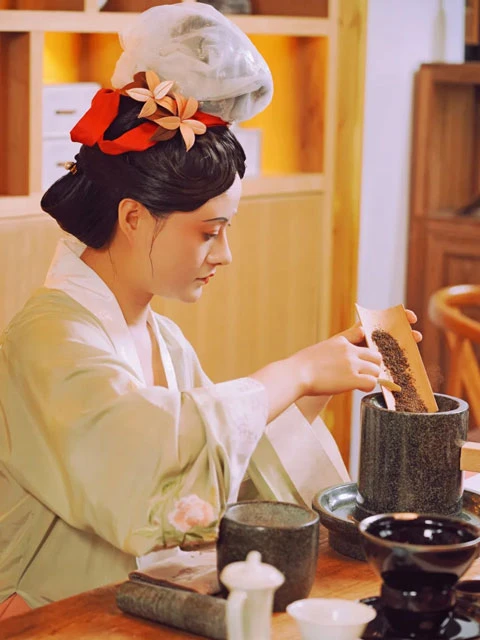
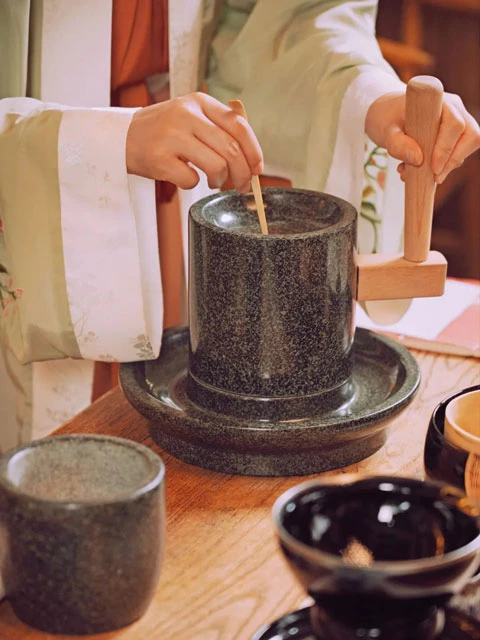
[Cha Bai Xi, 茶百戏, whisking tea]
Also known as Shui Dan Qing and Split Tea, is based on Dian Cha and is characterized by the use of only tea and water, without other ingredients being able to show words and images in the tea soup.
"Grind the tea into powder, pouring boiling water, and whisk it with a brush", Ms. Huang Yue, the recommender of the non-heritage whisking tea technique, performed a tea painting art. The tea painting art first emerged in the Tang Dynasty, and in the Song Dynasty, it was developed to the extreme, and the Song Dynasty whisking tea, and was listed on the Chinese intangible cultural heritage List.
Cha Hua
The art of Cha Hua (插花, flower arrangement), which is also listed as a representative item of Chinese intangible cultural heritage.
In the Song Dynasty, tea drinking was often associated with flower arrangements, and in Emperor Huizong's "Literary Gathering painting", a huge table for a tea party is decorated with flower arrangements made of small white flowers. At the time, ordinary people did not regard flower arrangement, as a refined art, but as part of their daily life.
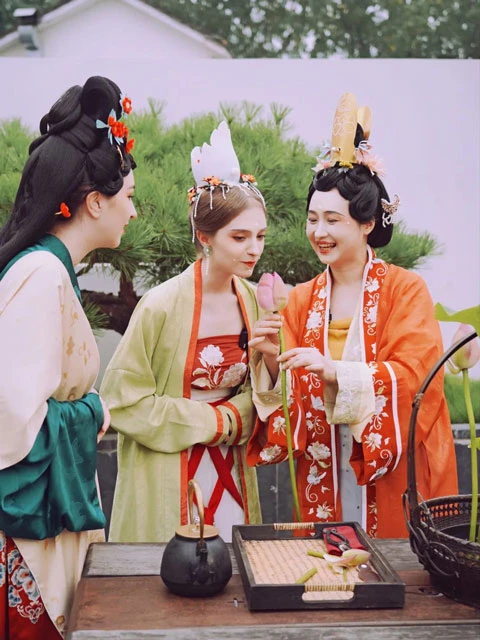
Ms. Wang Yuhan, the recommender of Chinese flower arrangement arts, showed this ancient art to three ladies, a pot of ancient lotus flowers was made to look more natural and beautiful with skillful hands.
The video shows a variety of traditional Chinese cultures, but it is much more than that. We may envy the elegant life of the ancients, but we should be more grateful that the ancients left us so many cultural treasures. It is even more important to strengthen cultural exchanges between different world peoples and experience the beauty of Chinese culture together.
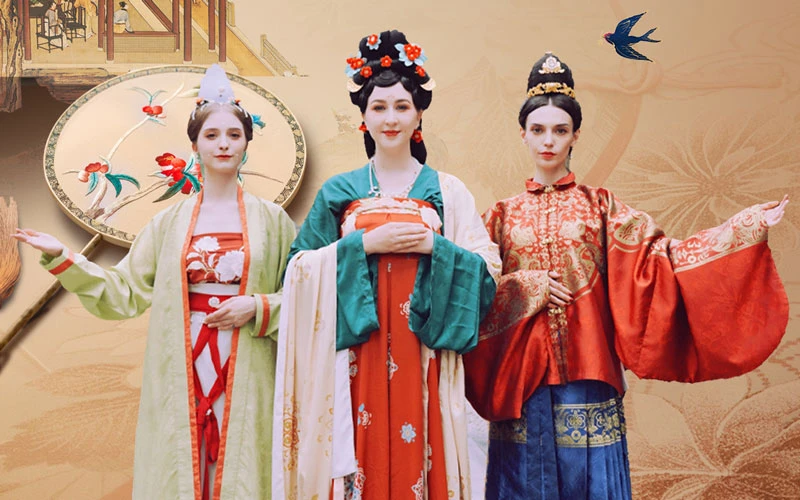
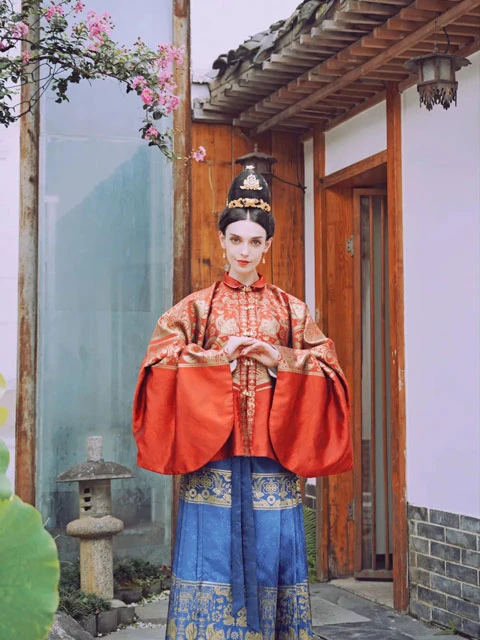
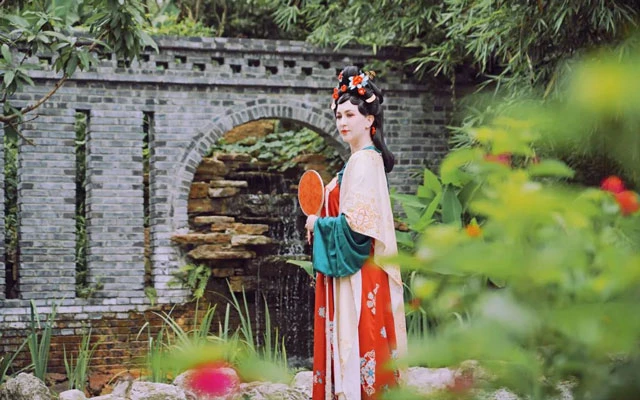
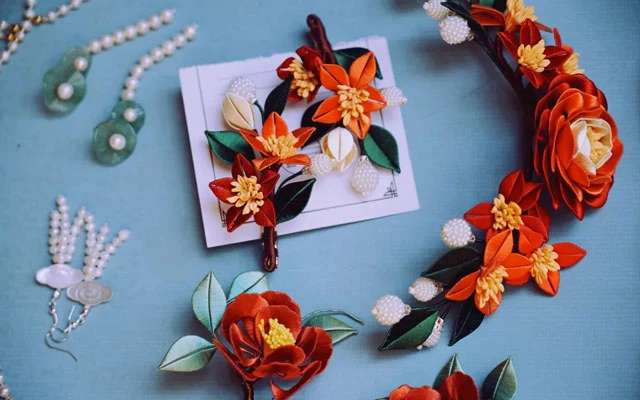
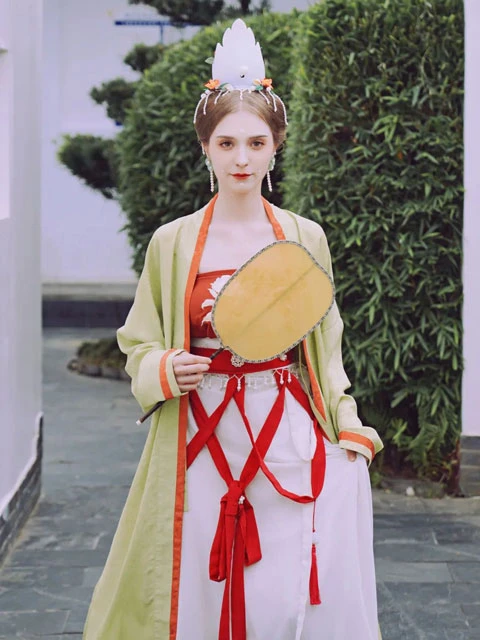
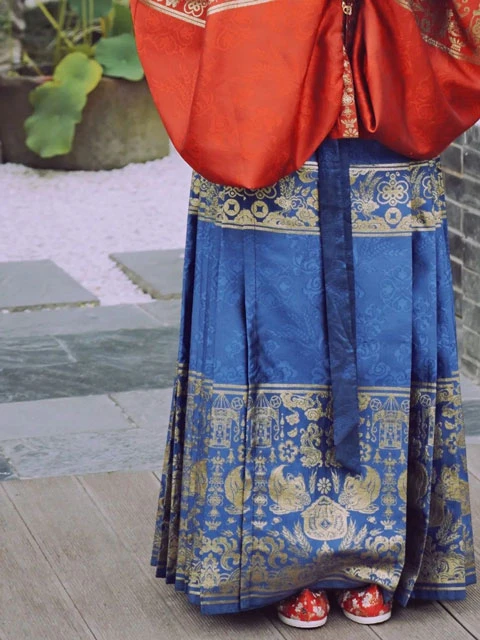
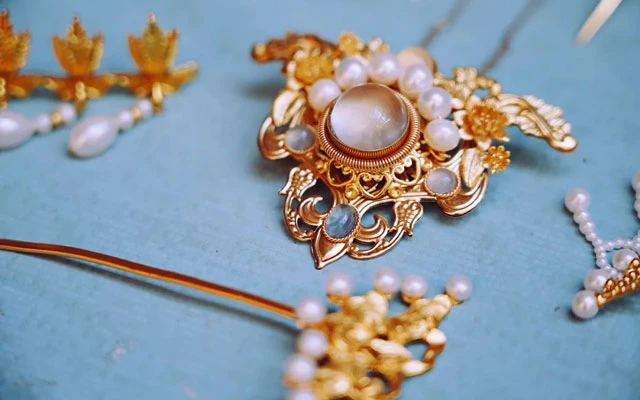
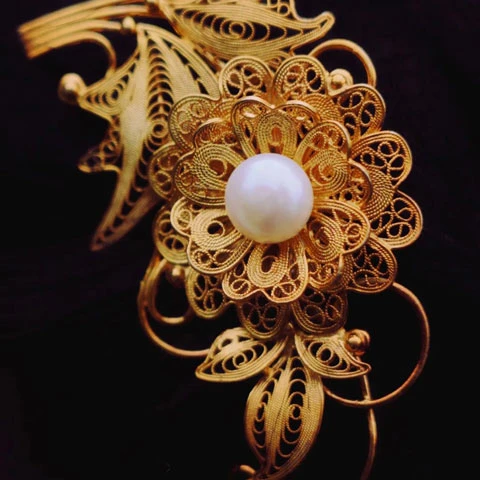
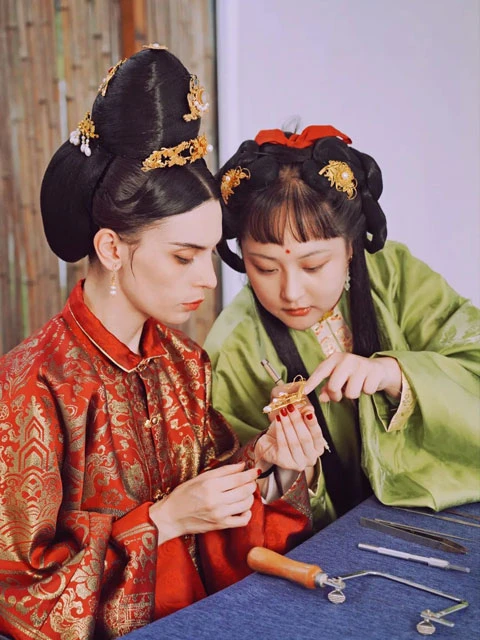

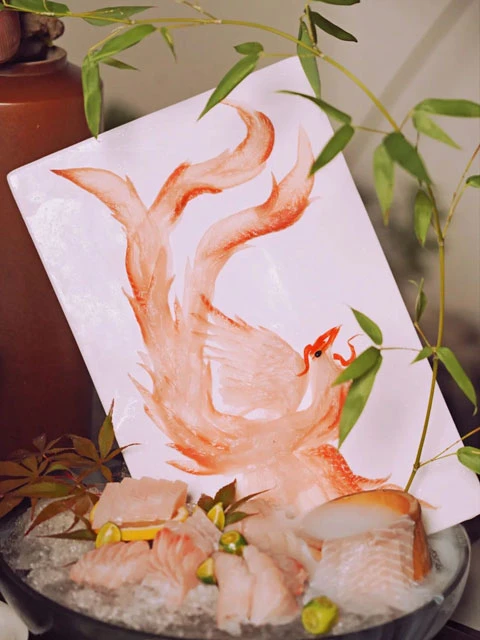
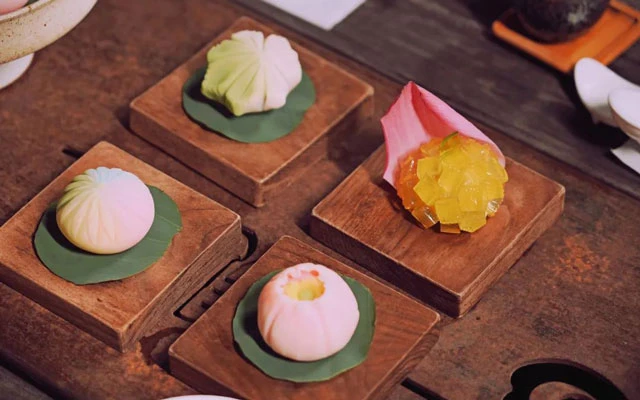
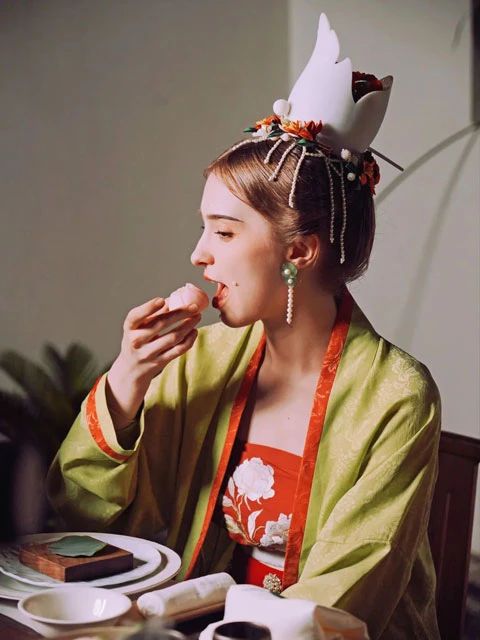
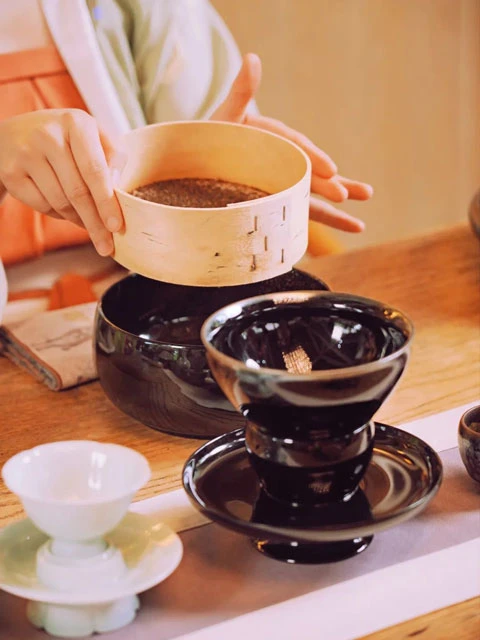
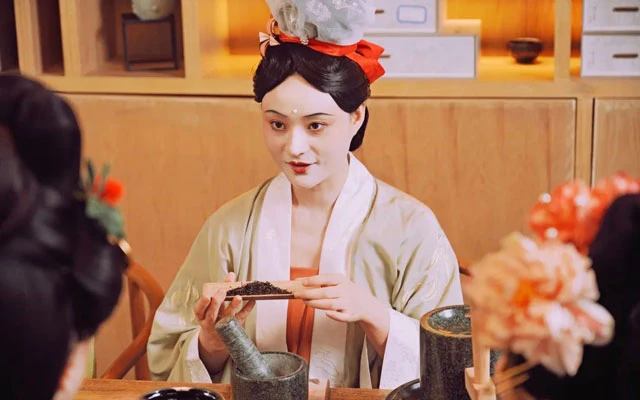
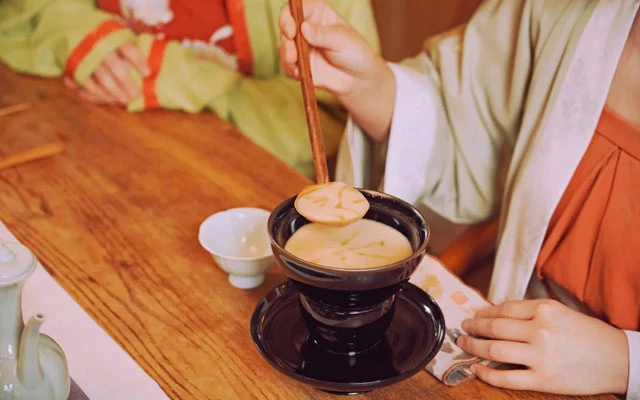
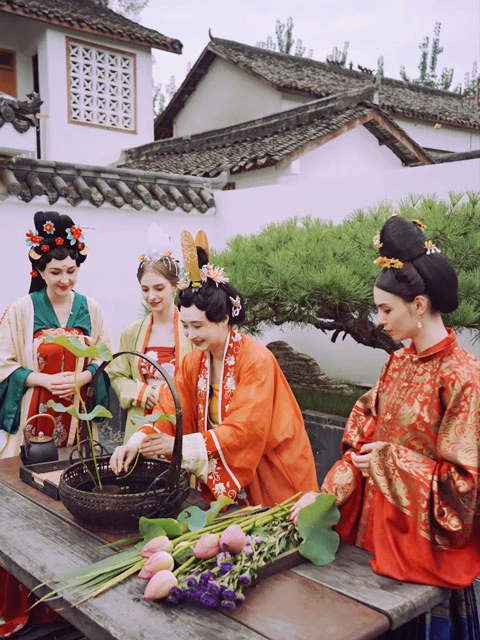


"Hanfu concentrates on the outstanding crafts and aesthetics of Chinese culture such as weaving, batik, clip valerian, and embroidery, and inherits more than 30 Chinese intangible cultural heritages." I'm really, really sorry here. I will shorten the sentence to what I read; "Hanfu focuses on crafts of Chinese culture such as batik, etc. , and inherits more than 30 Chinese intangible heritages." This sentence, at least to me, implies that batik is a Chinese craft and includes in the 30+ Chinese intangible heritages. When... it's not, of course (most people would know, but sometimes...) 😂 I am aware that China adopted Java's batik at some point, but doesn't mean it becomes China's culture, especially considering hanfu is mostly decorated with embroidery, dyes, intricate weaving, and gold-leaf. May I also add that 插花 is not in UNESCO's "Representative List of the Intangible Cultural Heritage of Humanity" of China. Last note: May I ask the definition of clip valerian? I mean no harm nor bad, I'm sorry if I sound rude. It just doesn't sit right with me.. I really enjoyed the article, but I hope more care is looked upon, next time. Thank you for reading thus far, this has become an essay-
Flower arrangement is only included in the list of intangible cultural heritage of China with the heritage number Ⅶ-93.😂😂 As for other aspects, let's expect the author to discuss with us.
Ah, that's a new info, thank you for that! 💖
The expressions of these two traditional crafts in my article may lead the ambiguity, and I have modified them in the original article to be in Pinyin. Laran was inscribed in China's Intangible Cultural Heritage in 2006 under the code VIII-25. Jiaxie valerian was inscribed in China's intangible cultural heritage in 2006 under number VIII-26. And of course, they only include the part of folk traditional textile printing and dyeing crafts in China. Thanks for reading, and I'm glad you pointed out the sloppy parts of the article. This is my first submission, thank you for your support.
Jiaxie: https://zh.m.wikipedia.org/zh-hans/
I guess the answer to the title is"Yes" then? ^^
YES!
I hope that more and more people will like and wear hanfu!
Cool, they look super beautiful with hanfu
Wow, so pretty
They are so talented!
Baju hanfu dan aksesorisnya sangat indah membuat orang ingin memakainya. Makanan dan kerajinannya juga sangat menarik😍😍